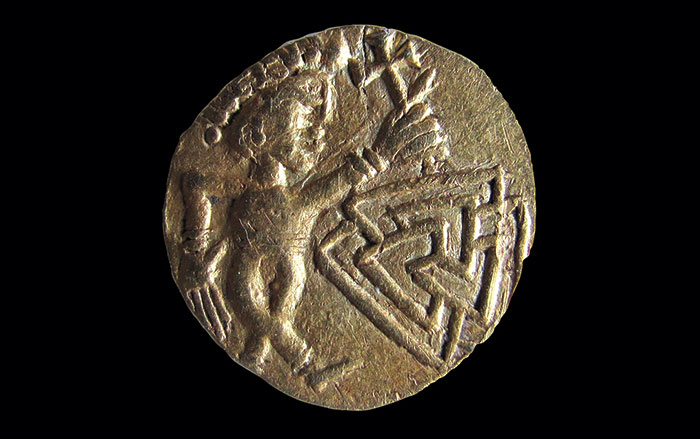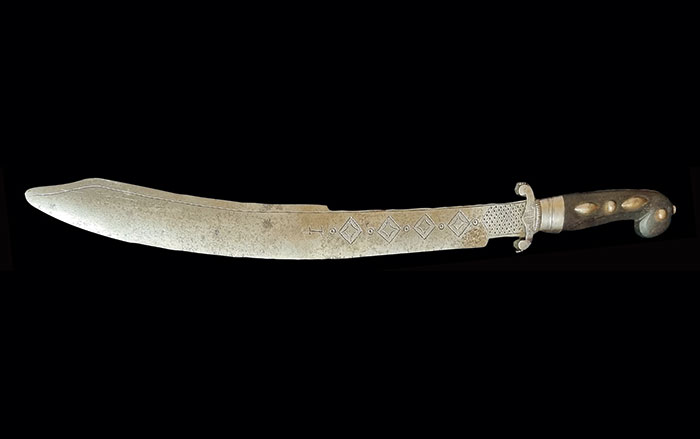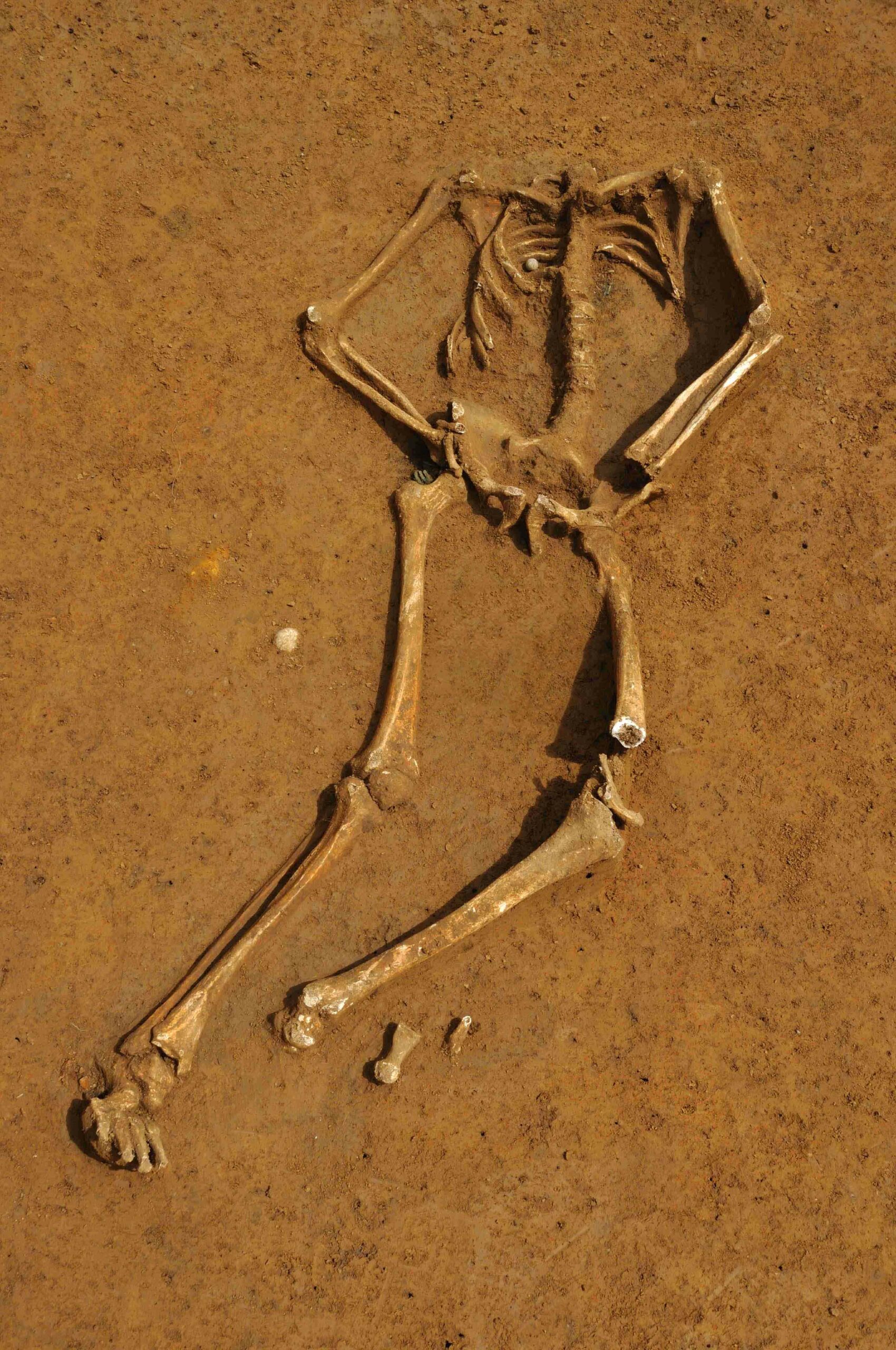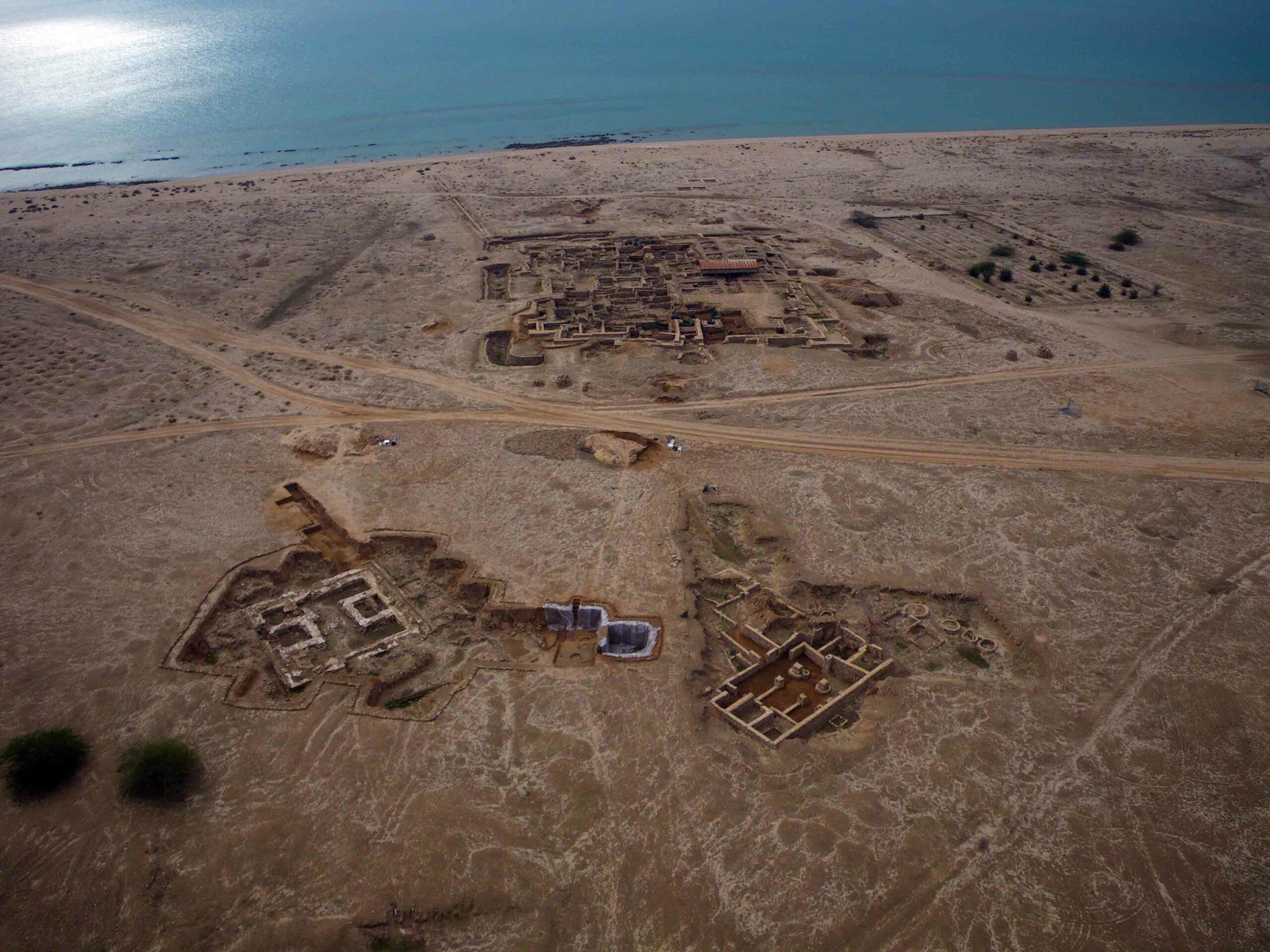EDMONTON, CANADA—Robert Losey of the University of Alberta studied prehistoric burials of dogs from around the world. He found that dog burials were more common in regions where the human population was dense, the dead were buried in cemeteries, and people ate a lot of aquatic foods, even though it had been thought the dogs were kept by humans primarily for hunting terrestrial game. In Eastern Siberia, where dog domestication is estimated to have occurred 33,000 ago, dogs were only buried for the past 10,000 years, and then only when a human was also being buried. “I think the hunter-gatherers here saw some of the dogs as being nearly the same as themselves, even at a spiritual level. At this time, dogs were the only animals living closely with humans,” Losey said. For example, one dog had been buried wearing a necklace made of four red deer tooth pendants, a human fashion at the time.
Prehistoric Dogs Were More Than Hunting Companions
News May 22, 2013
Recommended Articles
Off the Grid September/October 2025
Necropolis of Pantalica, Italy

Artifacts September/October 2025
Anglo-Saxon Coin

Digs & Discoveries September/October 2025
Law & Order

Digs & Discoveries September/October 2025
African Swordcraft

-
Features March/April 2013
Pirates of the Original Panama Canal
Searching for the remains of Captain Henry Morgan's raid on Panama City
 (Courtesy Captain Morgan Rum Co.)
(Courtesy Captain Morgan Rum Co.) -
Features March/April 2013
A Soldier's Story
The battle that changed European history, told through the lens of a young man’s remains
 (Courtesy Dominique Bosquet)
(Courtesy Dominique Bosquet) -
Letter From Cambodia March/April 2013
The Battle Over Preah Vihear
A territorial dispute involving a 1,100-year-old Khmer temple on the Thai-Cambodian border turns violent
 (Masuru Goto)
(Masuru Goto) -
Artifacts March/April 2013
Pottery Cooking Balls
Scientific analyses and experimental ARCHAEOLOGY determine that mysterious, 1,000-year-old balls of clay found at Yucatán site were used in cooking
 (Courtesy Bolonchen Regional Archaeological Project)
(Courtesy Bolonchen Regional Archaeological Project)


